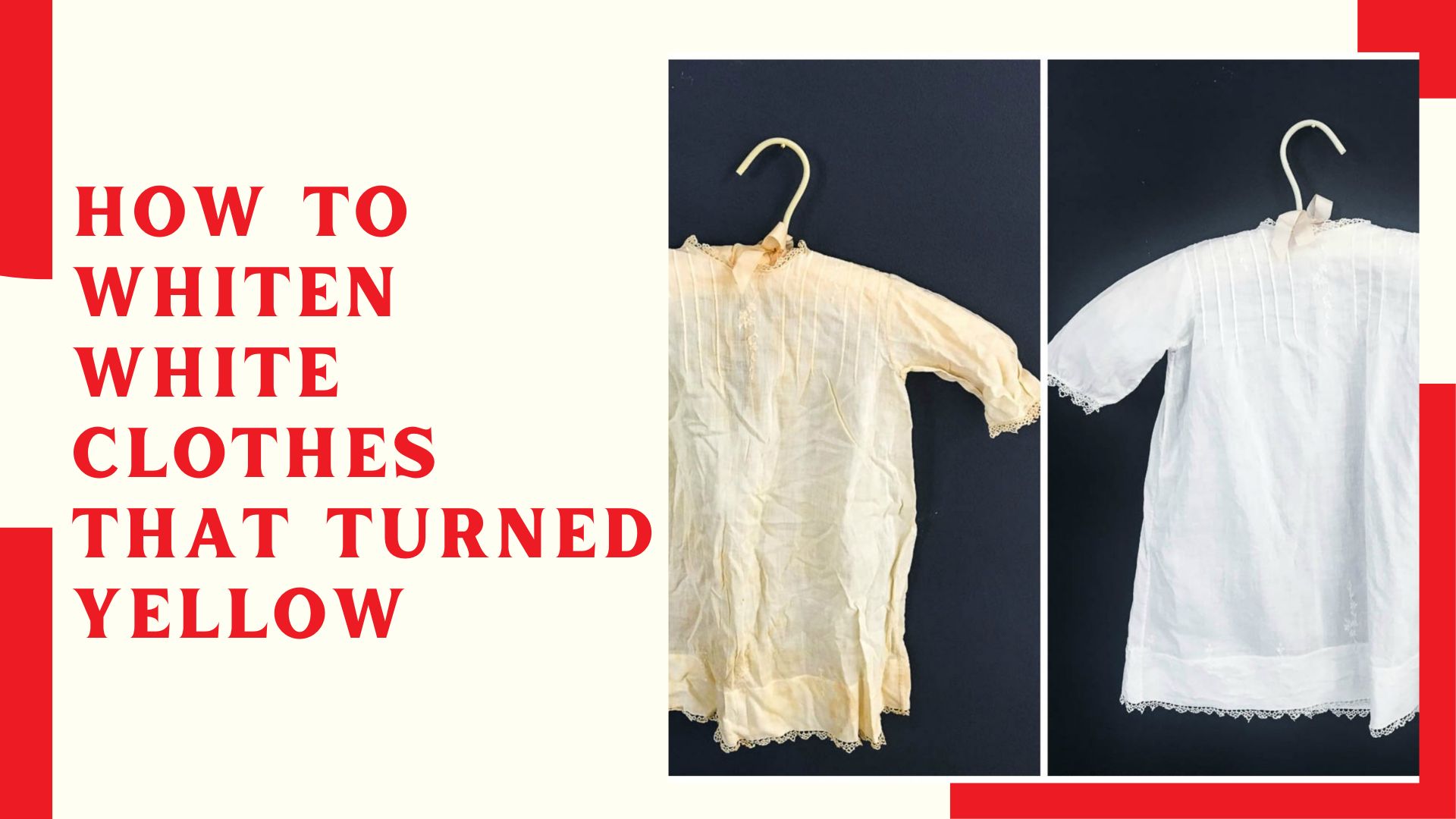Skipping stitches is a common problem that can occur when sewing. A skipped stitch can cause your fabric to become tangled, pull apart, or create an unsightly gap in your work. It can be frustrating, but the good news is that it is usually an easy problem to fix.
Related Products You Might Like

Product Name

Product Name
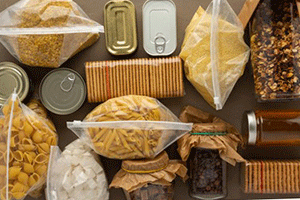
Product Name
"(Paid Links)" 
Related Products You Might Like
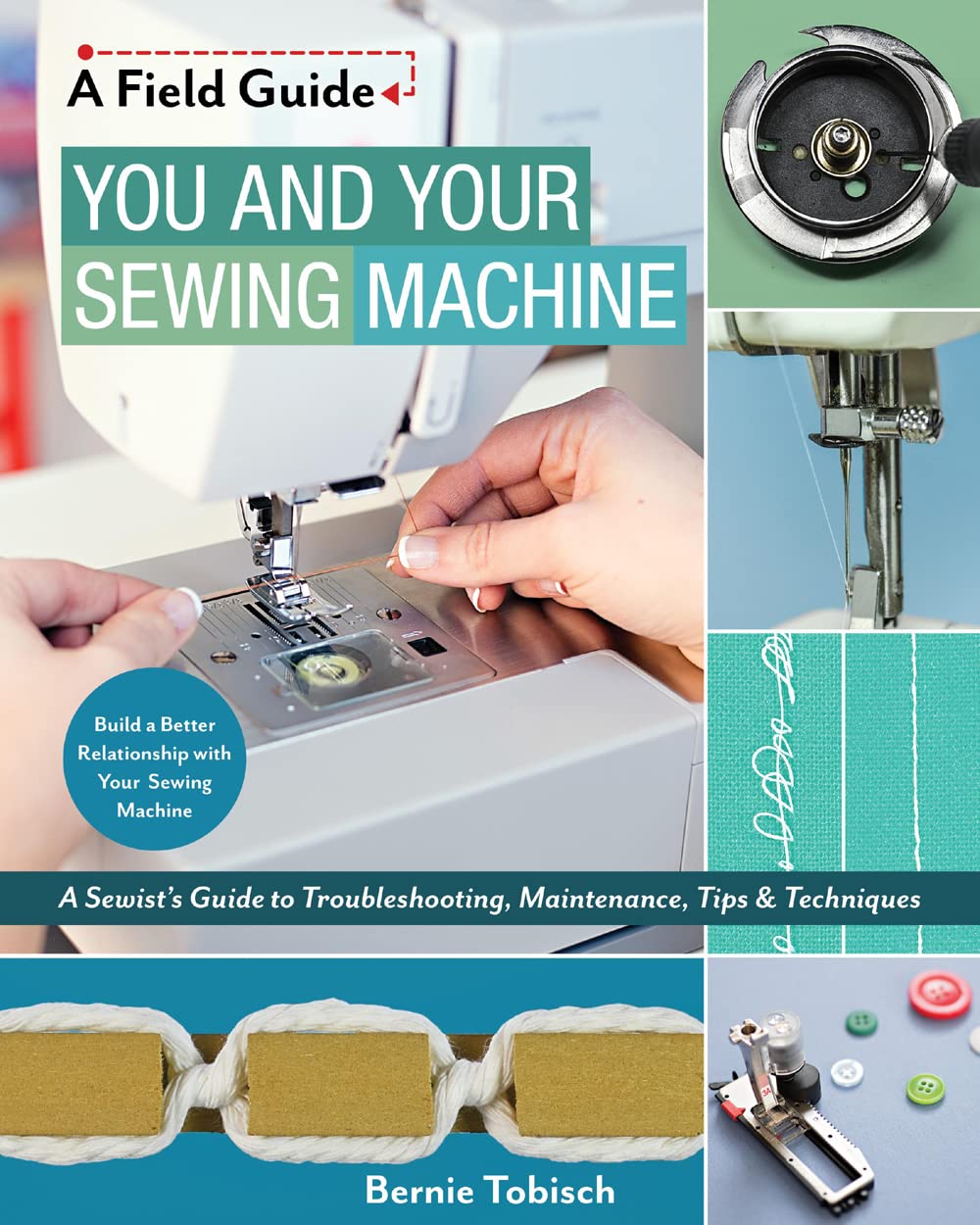
A Sewist’s Guide to Troubleshooting
Causes of skip stitches
Here are five common issues that can cause skipped stitches:
Poor threading:
Improper threading of the needle or machine can cause skipped stitches. Ensure to follow the instructions for threading your machine carefully and check that the thread is not twisted or tangled before starting to sew.
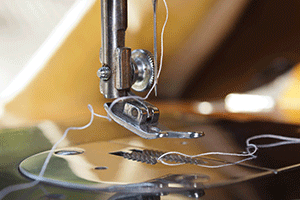
Poor needle quality:
A dull or damaged needle can easily cause skipped stitches. Make sure to replace your needle regularly and use the correct size and type of needle for the fabric you are working with.
Incorrect thread tension:
The tension of the thread can greatly impact the quality of your stitching. If the thread tension is extra loose, the thread may become slack, resulting in skipped stitches. On the other hand, if the tension is too tight, the thread may break or cause the fabric to pucker. Adjust the thread tension until you achieve the desired stitch.
Incorrect stitch length:
The stitch length can also play a role in skipping stitches. If the stitch length is too short, the needle may not be able to complete its full stitch cycle, causing skipped stitches. If the stitch length is shorter, the thread may become slack, resulting in skipped stitches. Experiment with different stitch lengths until you find the best one for your project.
Incorrect needle placement:
The needle must be properly positioned in the fabric for the machine to sew properly. If the needle is not in the correct position, it may not be able to pass through the fabric, causing skipped stitches. Make sure to keep the needle properly positioned in the fabric and adjust the pressure foot as necessary.
How to fix skipped stitches
To fix skipped stitches, you can try the following steps:
Check the needle:
Ensure the needle size and type is correct according to your type for your fabric. Dull or bent needles are also responsible for skipped stitches.
Check the thread:
Ensure the thread is not tangled or knotted and that it is the correct weight for the fabric and needle being used.
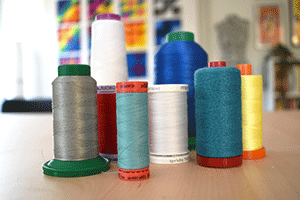
Adjust the tension:
A too-loose tension can also cause the stitches to be too long and skip. If it is too tight, the stitches may be too short.
Some preventive measures to avoid skipped stitches
By paying attention to these five common issues, you can reduce the occurrence of skipped stitches in your sewing projects. In addition to fixing these issues, it is also important to regularly maintain your sewing machine. It includes cleaning and oiling the machine and checking for any loose parts affecting the quality of your stitches.
Conclusion
Skipped stitches can be frustrating, but they are usually easy problems to fix. Paying attention to these five common issues and regularly maintaining your machine can achieve professional-looking sewing results every time. You can become a skilled sewer with patience and practice and create beautiful, long-lasting projects.



